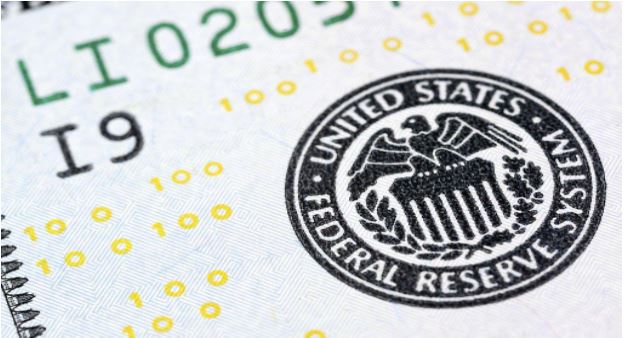In the wake of Silicon Valley Bank’s collapse, American banks have intensified their reliance on a new Federal Reserve lending program. As of Wednesday, institutions borrowed $53.7 billion from the Bank Term Funding Program, up sharply from $11.9 billion last week. Due to the rising interest rate environment, banks are sitting on unrealized losses from bond holdings. That issue led to SVB’s implosion earlier this month when it had to sell holdings for a $1.9 billion loss. Prices fall as rates rise, leading to losses.
The new bank funding program was established on March 12 to relieve similar strains on banks and other institutions; it provides one-year loans secured by Treasury securities or other assets, paying full value irrespective of their market value. Another category of loans made to shuttered banks to meet obligations to depositors and other expenses also increased. These borrowings surged to $179.8 billion from $142.8 billion last week. After depositors pulled their savings, regulators seized Silicon Valley Bank and Signature Bank this month. Meanwhile, banks’ use of the discount window, which is the traditional way they borrow from the Fed, dropped this week. Borrowing there dropped to $110.2 billion from $152.8 billion last week. The discount window offers market value rather than par value for the securities and provides 90-day loans as compared to the one-year term under the BTFP.



